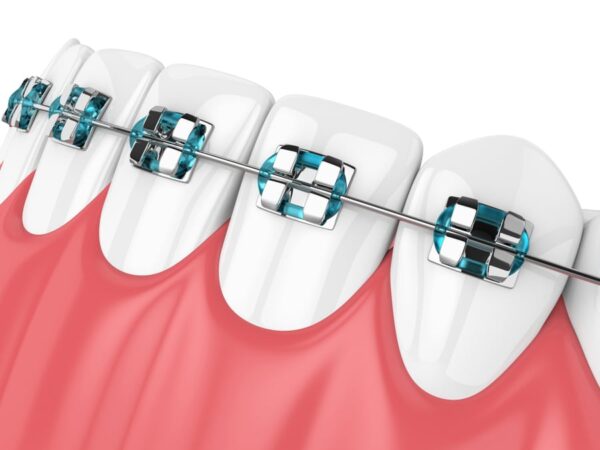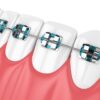

Free
Embark on a transformative journey with our exceptional range of medical treatments. As a leading medical tour operator, we offer a comprehensive selection of world-class treatments and procedures to address your unique healthcare needs. From advanced surgeries to cutting-edge therapies, our team of experienced professionals is dedicated to providing top-notch care and ensuring your comfort and satisfaction. Discover a new level of healthcare excellence with our tailored treatment options. Book now to start your journey towards a healthier and happier you.
Traditional metal braces are a common orthodontic treatment used to correct misaligned teeth and bite issues. They consist of metal brackets, bands, and wires that work together to gradually shift the teeth into their desired positions over time. This treatment is typically provided by orthodontists and is suitable for both children and adults.
The procedure for traditional metal braces involves the following steps:
Traditional metal braces are suitable for individuals with various orthodontic issues, including crooked, overlapped, twisted, or gapped teeth, as well as bite misalignments. The treatment is effective for both children and adults.
Individuals with severe dental issues such as extensive decay or gum disease may not be suitable candidates for traditional metal braces. It is important to address any serious dental issues before undergoing orthodontic treatment.
Before getting traditional metal braces, it is important to address any existing dental issues, such as cavities or gum disease, to ensure the best outcome for the orthodontic treatment.
After the placement of traditional metal braces, patients need to maintain good oral hygiene, attend regular orthodontic appointments for adjustments, and follow any specific care instructions provided by the orthodontist.
Only logged in customers who have purchased this product may leave a review.
Self-ligating braces are a type of orthodontic treatment that utilizes brackets with built-in clips to hold the archwire in place, eliminating the need for elastic or metal ties. This design allows for a more streamlined approach to achieving a straighter smile. Self-ligating braces are available in various materials, including metal, ceramic, and clear brackets.
The procedure for self-ligating braces involves the following key aspects:
Self-ligating braces are suitable for individuals seeking orthodontic treatment who may benefit from the advantages offered by this system, such as easier cleaning, reduced discomfort, and potentially faster treatment in some cases. They are available in various materials, making them suitable for a wide range of orthodontic needs.
While self-ligating braces offer numerous benefits, they may not be suitable for individuals with specific orthodontic conditions that require alternative treatment approaches. Additionally, careful consideration by an orthodontist is necessary to determine the most suitable treatment for each individual case.
Before undergoing treatment with self-ligating braces, it is important for patients to undergo a comprehensive evaluation by an orthodontist to assess their orthodontic needs and determine the suitability of self-ligating braces for their individual case.
After the placement of self-ligating braces, patients need to maintain good oral hygiene, attend regular orthodontic appointments for adjustments, and follow any specific care instructions provided by the orthodontist. It is important to be mindful of dietary restrictions and practice proper oral care to ensure the best outcome.
There are no reviews yet.
Only logged in customers who have purchased this product may leave a review.
Choosing the right hospital and physician are important factors to consider that significantly influence a patient’s treatment. The preferred choice for many patients is choosing private care.
Choosing the right hospital and physician are important factors to consider that significantly influence a patient’s treatment.
Reviews
There are no reviews yet.